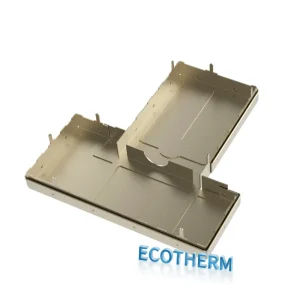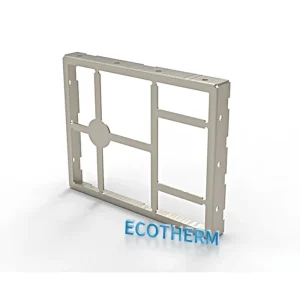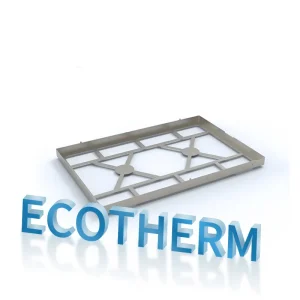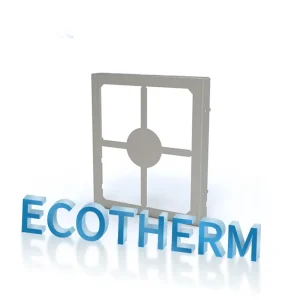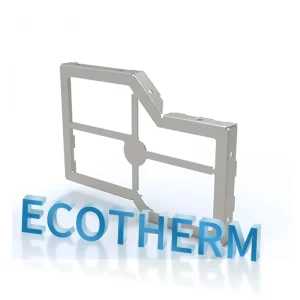Custom
Stamping Parts
Tailored Solutions for High-Power Applications
Free Custom Design
Free Thermal Analysis
Best Price Guaranteed
24 Hours Feedback
Explore Our Range of Tailored High-Power Designs
Stamping Parts Product Display
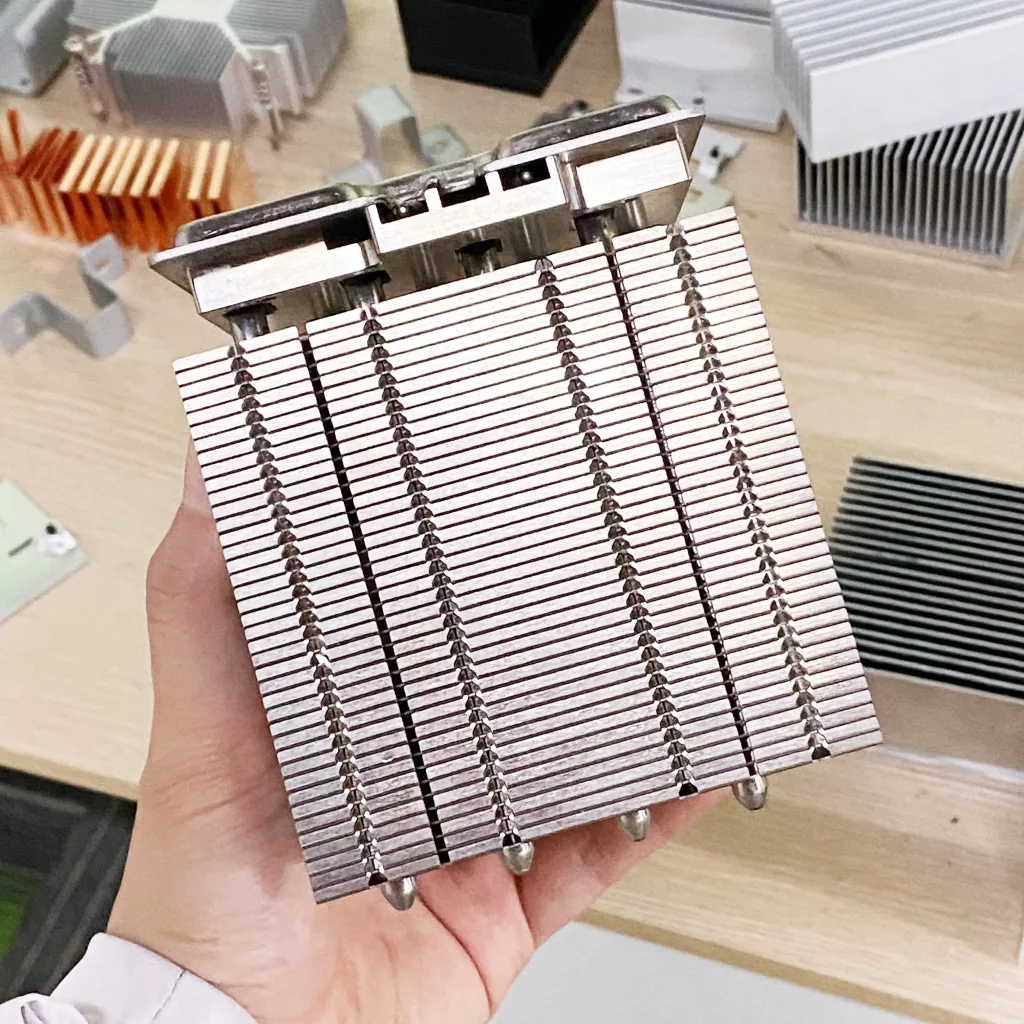
FIN: FIN wire stamping / Punch through FIN/fan bracket stamping
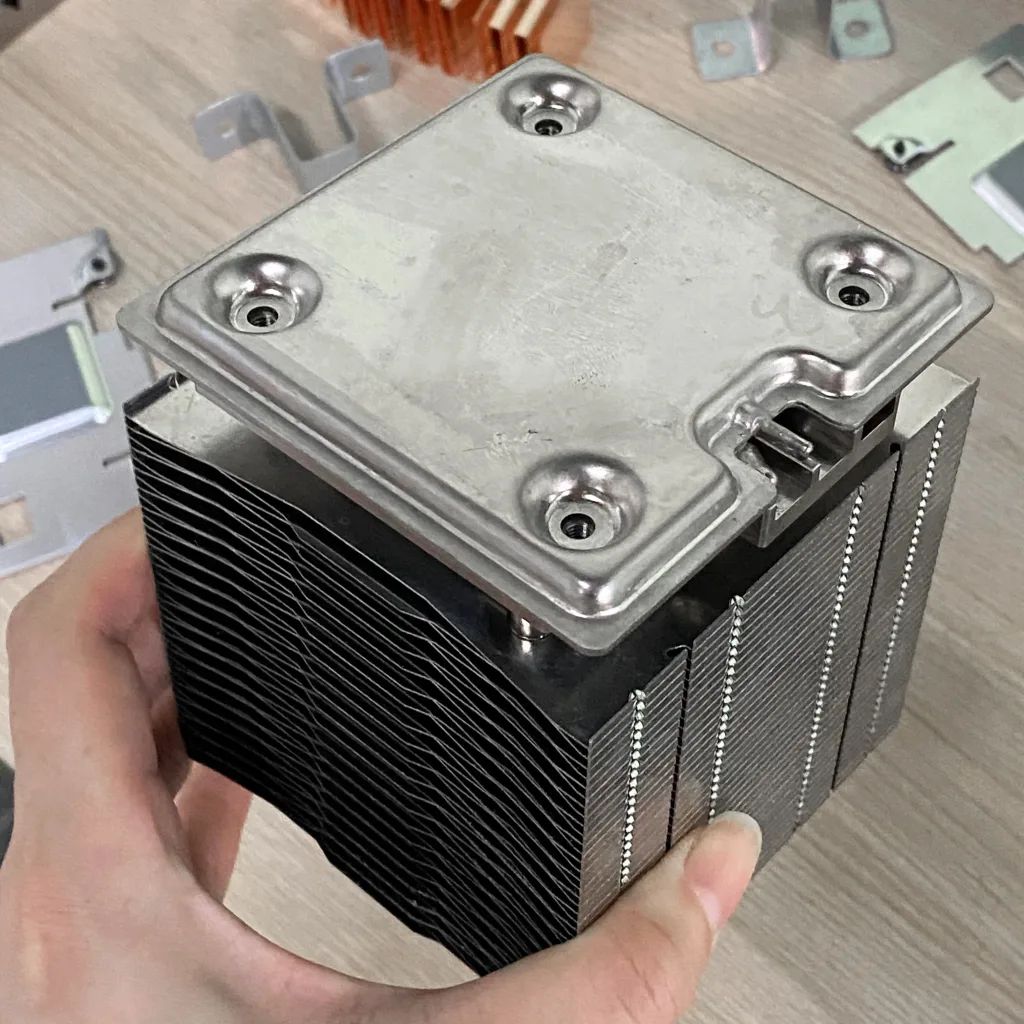
Soaking plate:Upper and lower cover material stamping/internal copper mesh capillary cutting/semi-finished trimming/shaping/correction
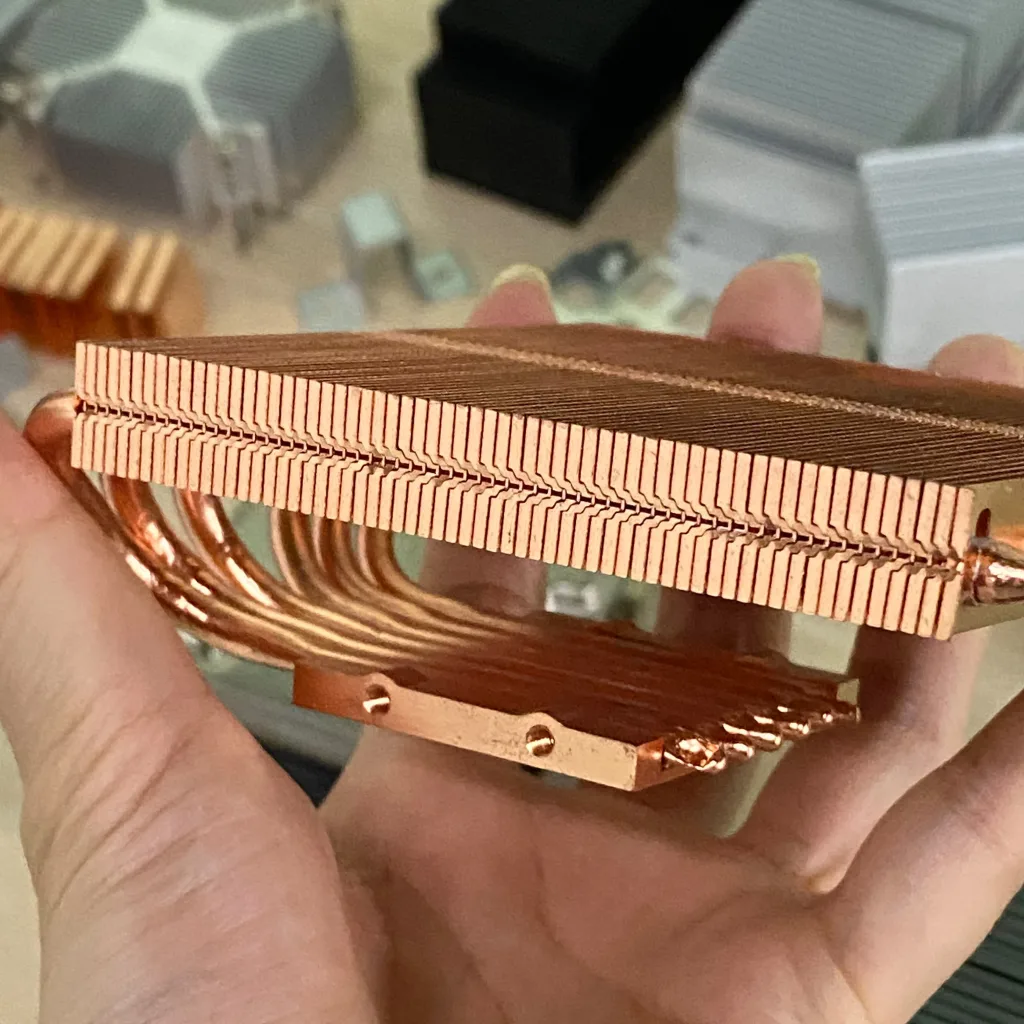
Heat pipe flattening
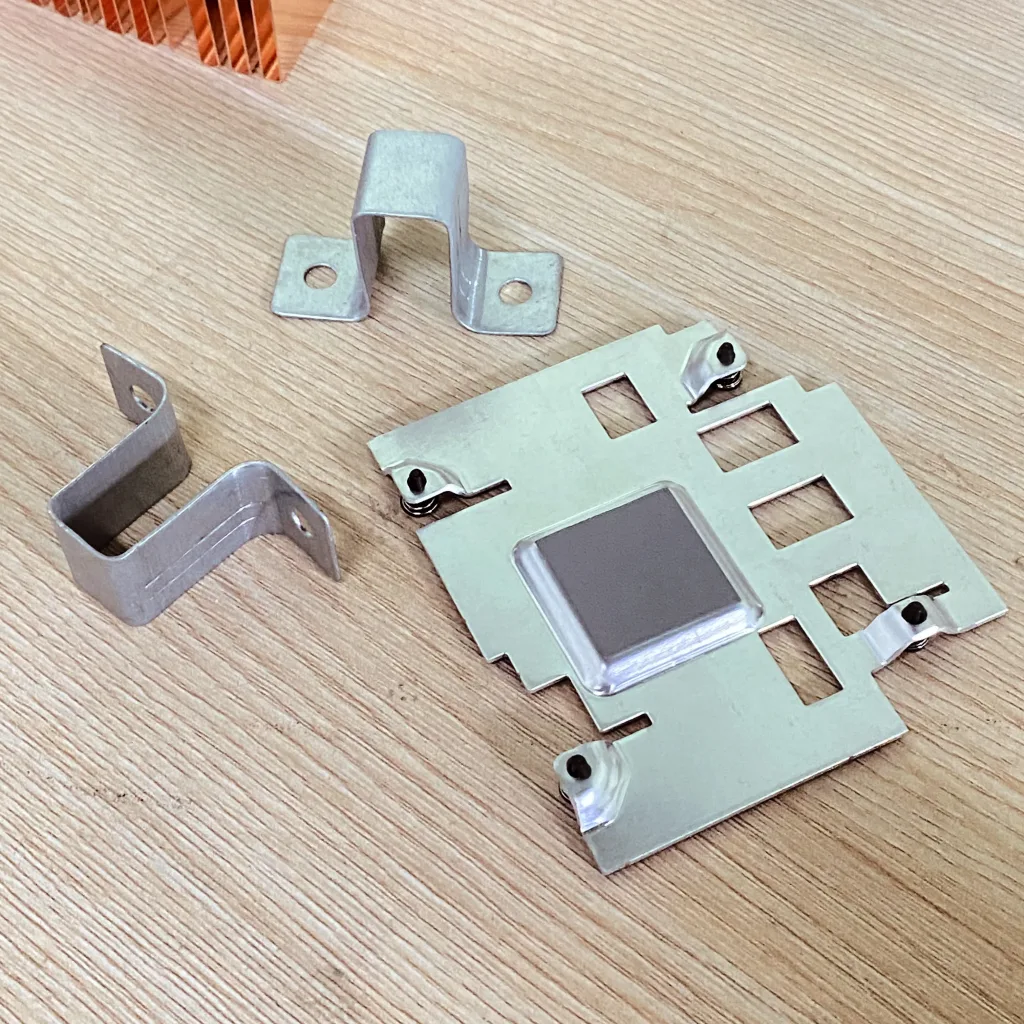
Base plate/support combination :AI heat conduction base plate stamping/buckle stamping/gasket stamping /E type. Type C buckle stamping
Customize your own heat sink?
1.Cold Stamping Basic Processes
Separation Process:
Refers to the stamping process where the stress in the deformed portion of the material exceeds its breaking stress (σb), resulting in material fracture and separation after completion.
Examples: Punching, blanking, trimming, etc.
Forming Process:
Refers to the stamping process where the stress in the deformed portion of the material exceeds its yield strength (σs) but remains below the breaking stress (σb), causing plastic deformation that alters the material’s original shape and dimensions after completion.
Examples: Bending, deep drawing, flanging, bulging, etc.
2.Detailed Explanation of Blanking, Deep Drawing, Bending & Other Forming Processes
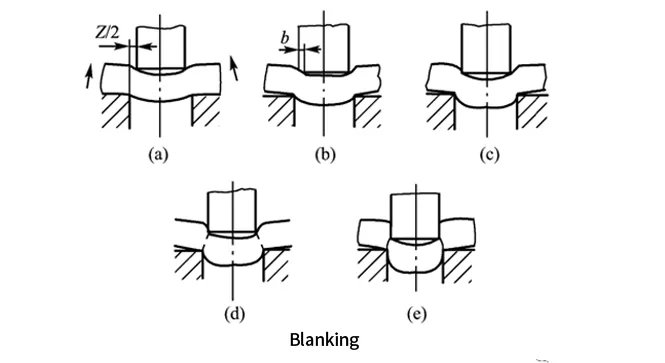
Blanking
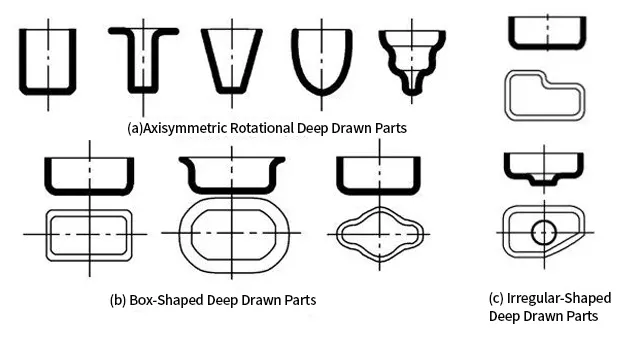
Deep Drawing
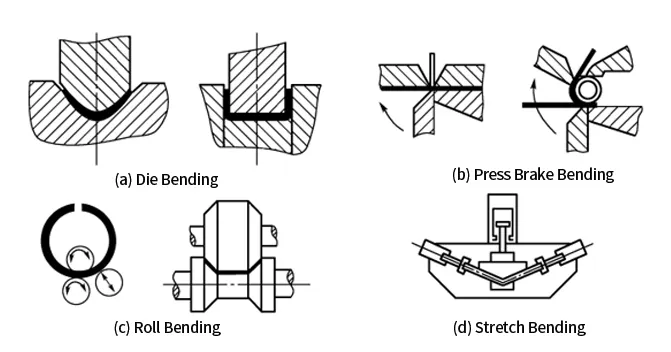
Bending
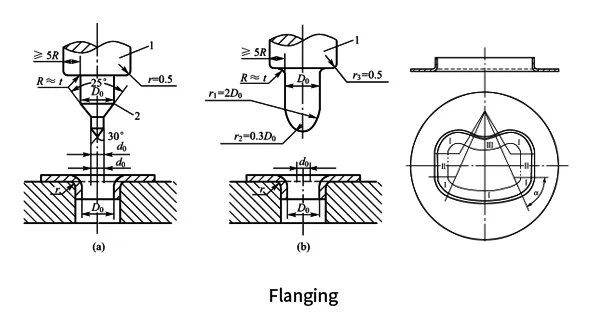
Flanging
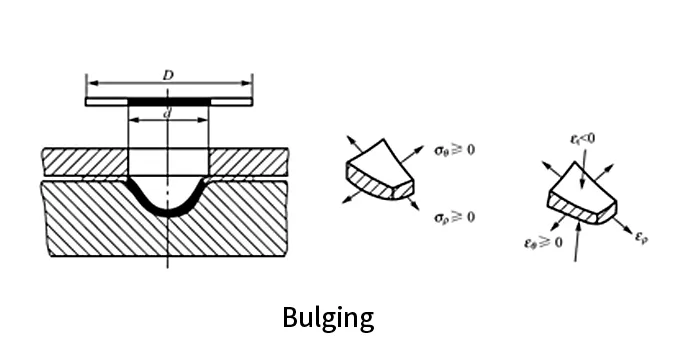
Bulging

Extrusion
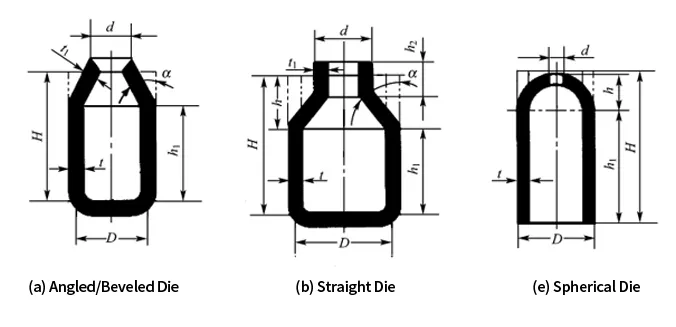
Necking
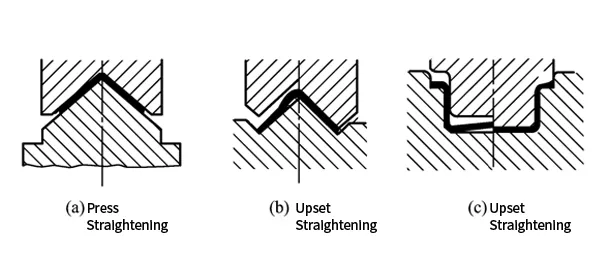
Straightening
Stamping Parts In Custom Heat Sinks

Stamping is a cold-forming process where external force is applied to sheet metal, causing plastic deformation under the mold to achieve the desired shape and size. It’s widely used for mass production of stamping parts, also known as cold stamping or sheet metal stamping.
This process offers high efficiency, easy operation, and is ideal for automation. Standard presses achieve dozens of strokes per minute, while high-speed presses can reach hundreds or thousands, producing a part with each stroke.
Stamping ensures precise dimensions and shape, with minimal impact on surface quality. It offers excellent durability, consistency, and interchangeability. Stamping can create parts ranging from small stamping parts to large components like automotive beams and body panels. Due to cold deformation, stamped parts have high strength and stiffness.
Furthermore, stamping generates minimal waste and requires no additional heating equipment, making it a material-saving, energy-efficient process suitable for producing precision parts, including heat sinks.
What Are The Applications Of Stamping Parts In Custom Heat Sinks?

Stamping parts are used for various components of custom heat sinks.
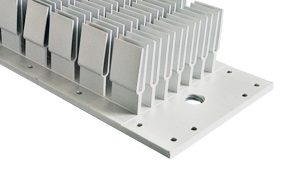
They offer diverse customization options for customers.
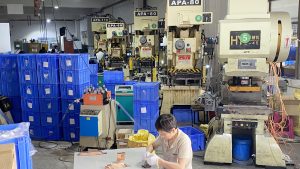
We efficiently produce these parts for cost-effective heat dissipation solutions.
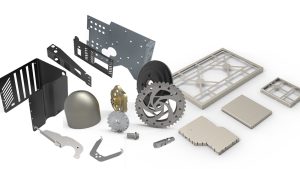
They enhance heat dissipation performance and product structural stability when used with heat sinks.
Crafting Custom
Heatsinks for Your Needs
Email: Support@ecothermgroup.com
Feel free to get in touch with us to discuss your project specifics, request quotes, or inquire about our capabilities.
Our team of experts is dedicated to delivering top-notch quality and precision in every heatsink we produce
Free 24 Hours Feedback Thermal Analysis
Focus On Customized Cooling Solutions
22 Years Experiences OEM Factory
Send Your Drawing For Evaluation
CONTACT ECOTHERM
Please contact us to get in touch with our experts. We can provide design services for your project and thermal simulation services within 24 hours.
Note: Ecotherm does not provide a standard thermal model.We focus on providing professional design and production services for your new projects

